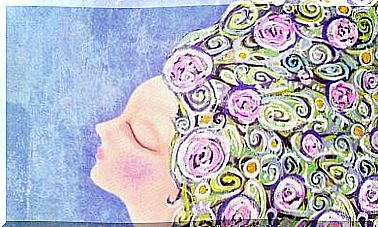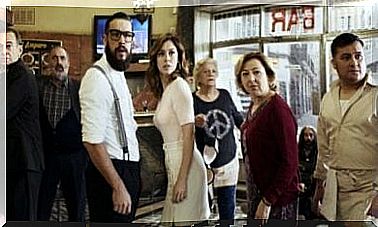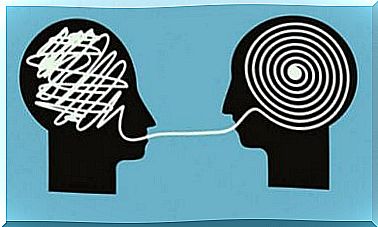Franco Basaglia: A Pioneering Psychiatrist
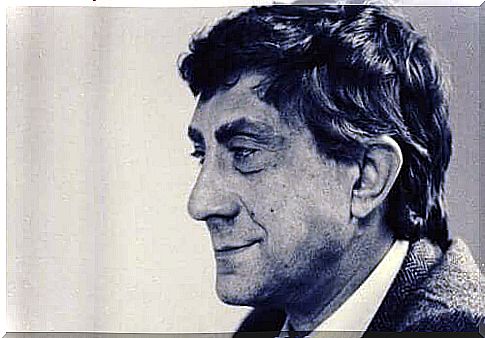
Franco Basaglia was ahead of his time. This Italian psychiatrist came up with a new, revolutionary approach to psychiatry. In fact, the World Health Organization says Basaglia’s work is key to understanding psychiatry as it is today.
Along with Ronald D. Laing and David G. Cooper, Franco Basaglia is considered one of the fathers of “anti-psychiatry”. Many of his books have become classics, been translated into various languages and read by many generations.
But Basaglia was not just a meticulous scientist. He was also a humanist and activist. He fought against traditional psychiatry, not only because its methods were not effective, but also because of his deep, ethical convictions. Today, his legacy lives on.
Franco Basaglia: His Early Life
Basaglia was born in Venice, Italy, in 1924 into a relatively wealthy family. He had a peaceful childhood. At the age of 19, he began studying medicine at the University of Padua.
He also became involved in the anti-fascist movement in his country, which led to his imprisonment in 1944 and 1945. The time he spent in prison made him a staunch advocate of forced detention.
Franco Basaglia received his psychiatric education in 1950. Eight years later he became a professor at the University of Padua. Just three years later, he quit this job and moved to Gorizia, where he was the director of the local psychiatric hospital. There, he discovered that patients were receiving a frighteningly similar treatment as a prisoner in a prison.
By that time, Basaglia already had her own ideas about mental illness. He did not accept the idea that they had physical causes. He viewed them as a consequence of marginalization and dysfunctional environments.
This is part of his first speech at the hospital: “A person with a mental illness enters a psychiatric hospital as a ‘person’. Once there, they become a ‘thing’. But patients are ‘human’ above all else and should be treated as such. We are here to forget that we are psychiatrists, and to remember that we are human beings, just like them ” .
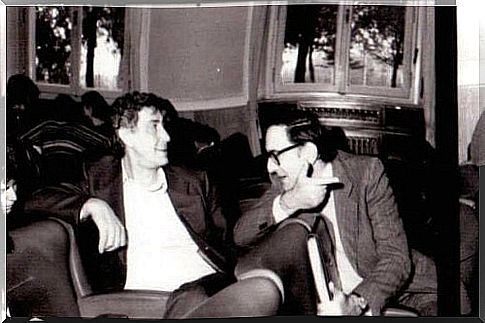
Franco Basaglia: The experience of Trieste
In August 1971, Franco Basaglia took over the management of a psychiatric hospital in Trieste, Italy with 1,182 patients. The community considered it a landfill. They thought it was the perfect place for “annoying” people who did not fit into the community.
Basaglia started a transformation both inside and outside the hospital. His ideas ended up giving him support from other psychiatrists along with local governments and hospitals around the world. They understood his theories and agreed with his idea that the psychiatric world needed a revolution.
As for his work in hospitals, he felt it was important to have artistic workshops with the patients. He also tried to create opportunities for them to create and follow up on their own projects and goals.
The point was that they should stop being passive and that other people should stop believing that they had little or nothing to offer.
That was Basaglia’s basic goal: to prove that mentally ill patients were still able to do things, just in other ways.
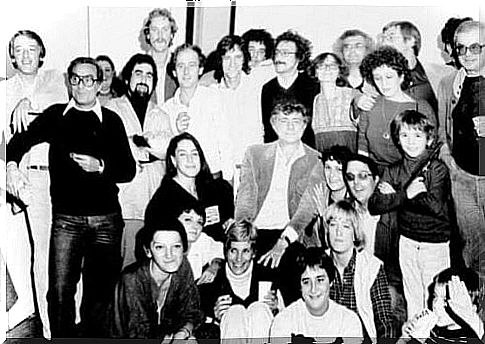
A hospital with open doors
The most important part of it all was that he set up a system with open doors to the hospital. Patients could walk outside, back into the community. It also meant that many of them were able to return home. On top of all that, Basaglia held meetings at the hospital to hear patients’ opinions and try to find alternative solutions.
He wanted psychiatric hospitals not to be considered marginal places in society. He also wanted the people of a community to help patients reintegrate into that community.
His experiences led Franco Basaglia to start a movement to stop mental institutions and the ideas they indirectly represented. This meant that he had to fight against most of the psychiatric world in his time and age.
This world defended pushing patients into the periphery and into controlled environments. It was the same world that simply believed that these people would never be able to integrate into society.
Despite all this resistance, his ideas eventually won. He created the model of “democratic psychiatry” and created a push for Italy to adopt Law 180. The law created a permanent ban on the involuntary confinement of people with a mental illness or dysfunction.
A true psychiatric revolution
In 1980, Trieste Hospital was completely transformed. All the old installations and procedures had been replaced with others that were cheaper, more humane and more efficient.
The mental institution made room for 40 different services. They no longer believed in confinement and seclusion. Their approach involved the use of new tools and resources such as home visits.
They treated more acute cases of mental illness in apartments with small groups of people. This idea became “psychosocial rehabilitation”.
Franco Basaglia died in 1980. He left behind ideas that forever changed the psychiatric landscape in many communities. It would not be an exaggeration to say that his revolution did for psychiatry what Copernicus’ discovery that the Earth was not the center of our solar system did for the world of science.
Basaglia tried to tell us in a kind of contradictory way that no one deserved to be rejected. He reminded people of the value of life and thus the meaning and purpose of life.




